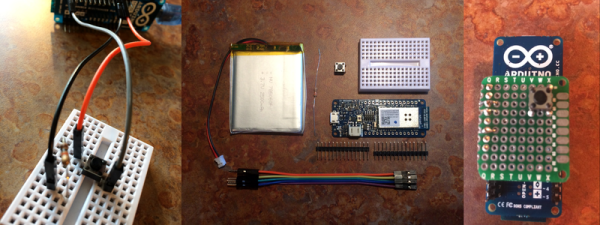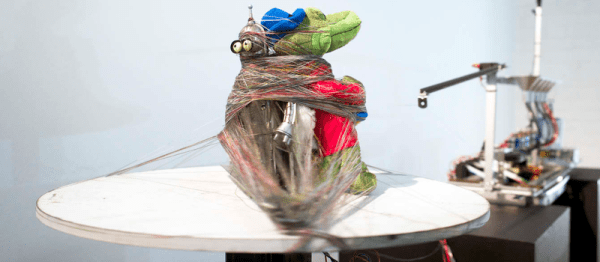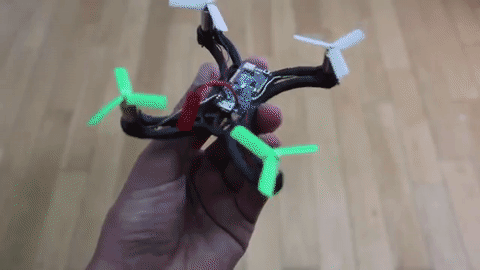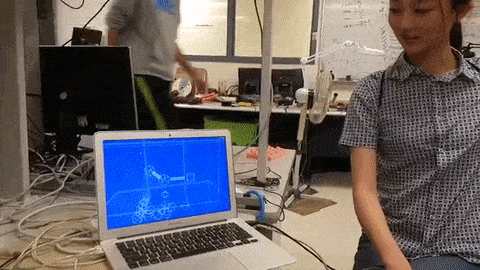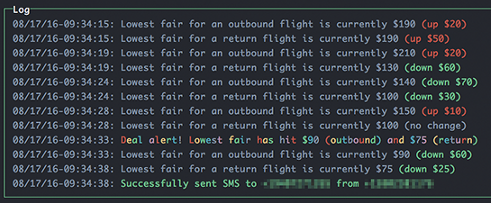Amazon Dash is a handy service, and when Amazon released their AWS IoT platform, [Brian Carbonette] felt that it left out all the hardware hackers from the tinkering fun. Seeking justice, he put together a guide for an Arduino Dash button aimed at hardware hackers and those who are still easing into the world.
For his build, [Carbonette] used an Arduino MKR1000, laying out a few different configuration options for building your button. He has also gone to great lengths to help all comers tackle the Arduino-Dash API communication process by building an AmazonDRS Arduino Library, which handles all the “boring details,” so you can focus on the hardware. With the warning that the software-side setup is tedious the first time around, [Carbonette] has included a detailed manual for setting up the aforementioned AmazonDRS library, some example code, and a breakdown thereof. He also suggests implementing other features — such as a notification if the item is out of stock on Amazon — to tie the project together.

